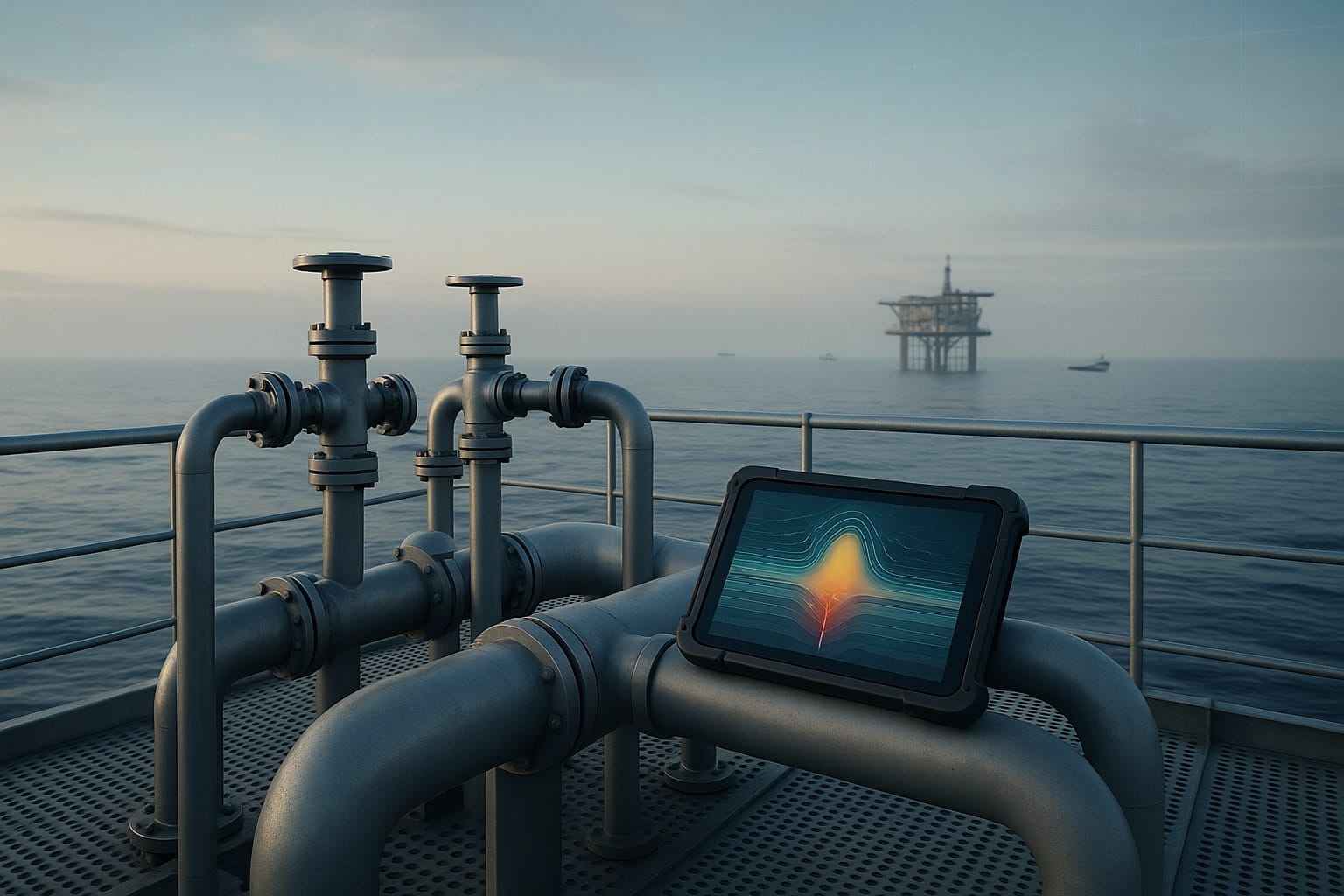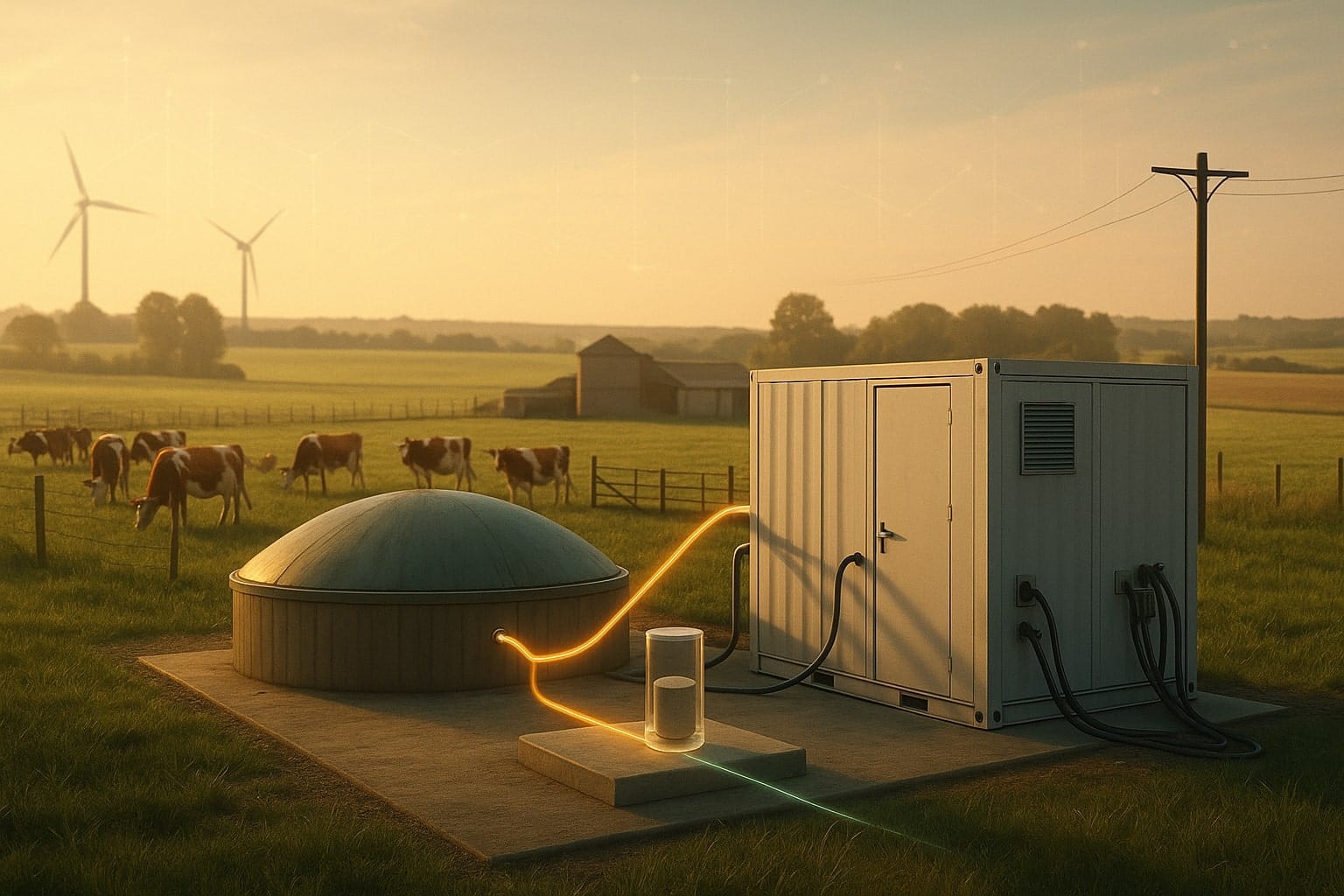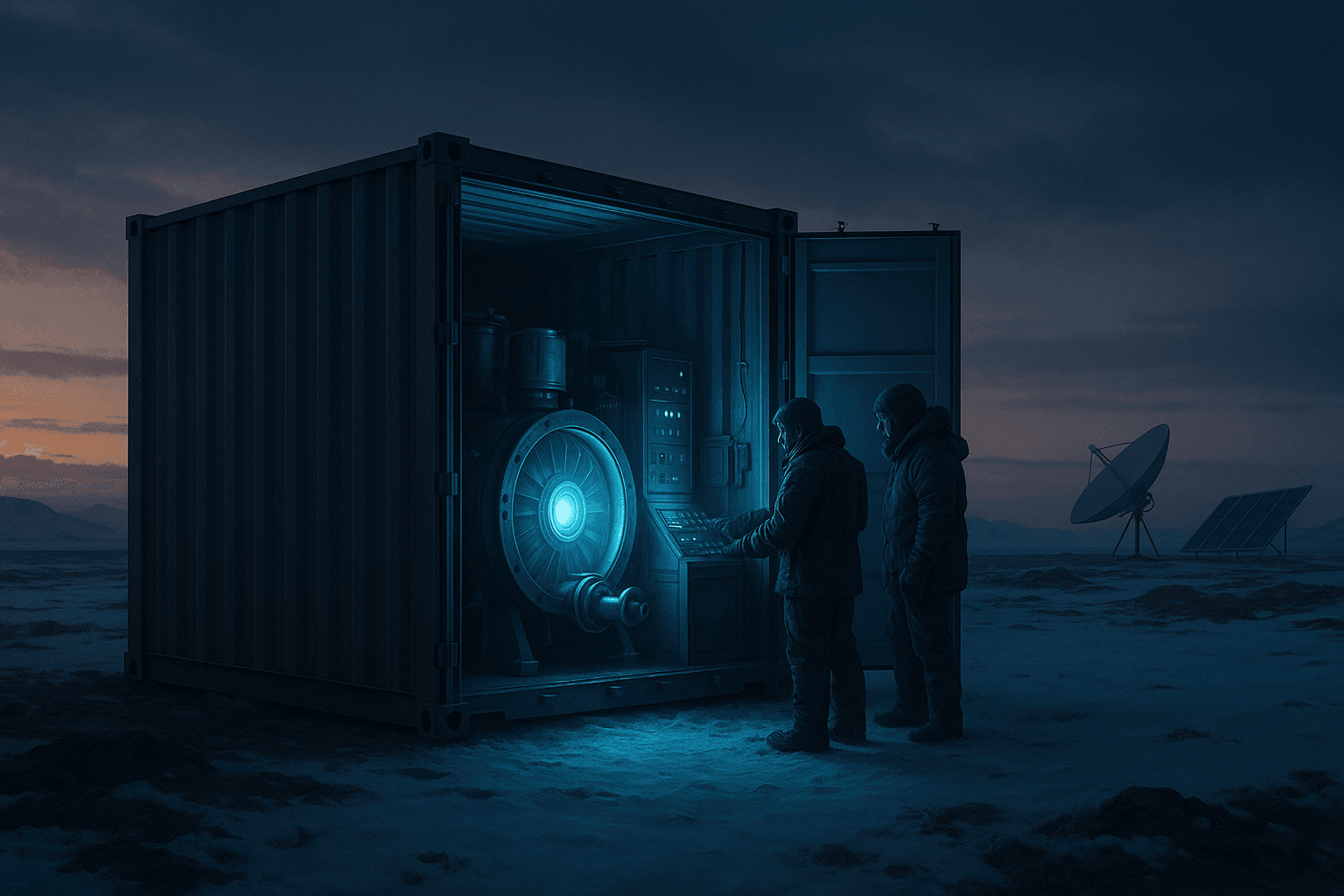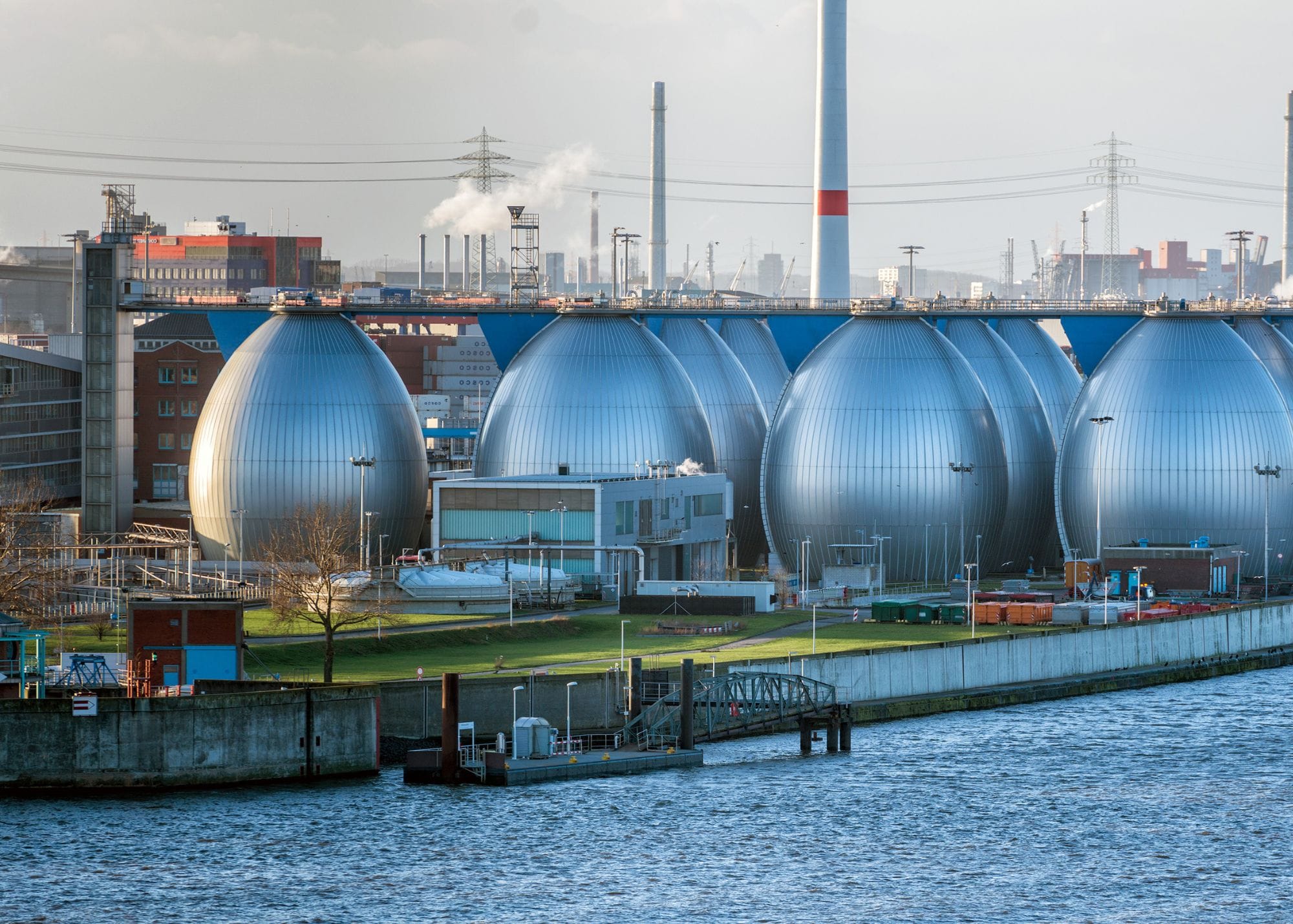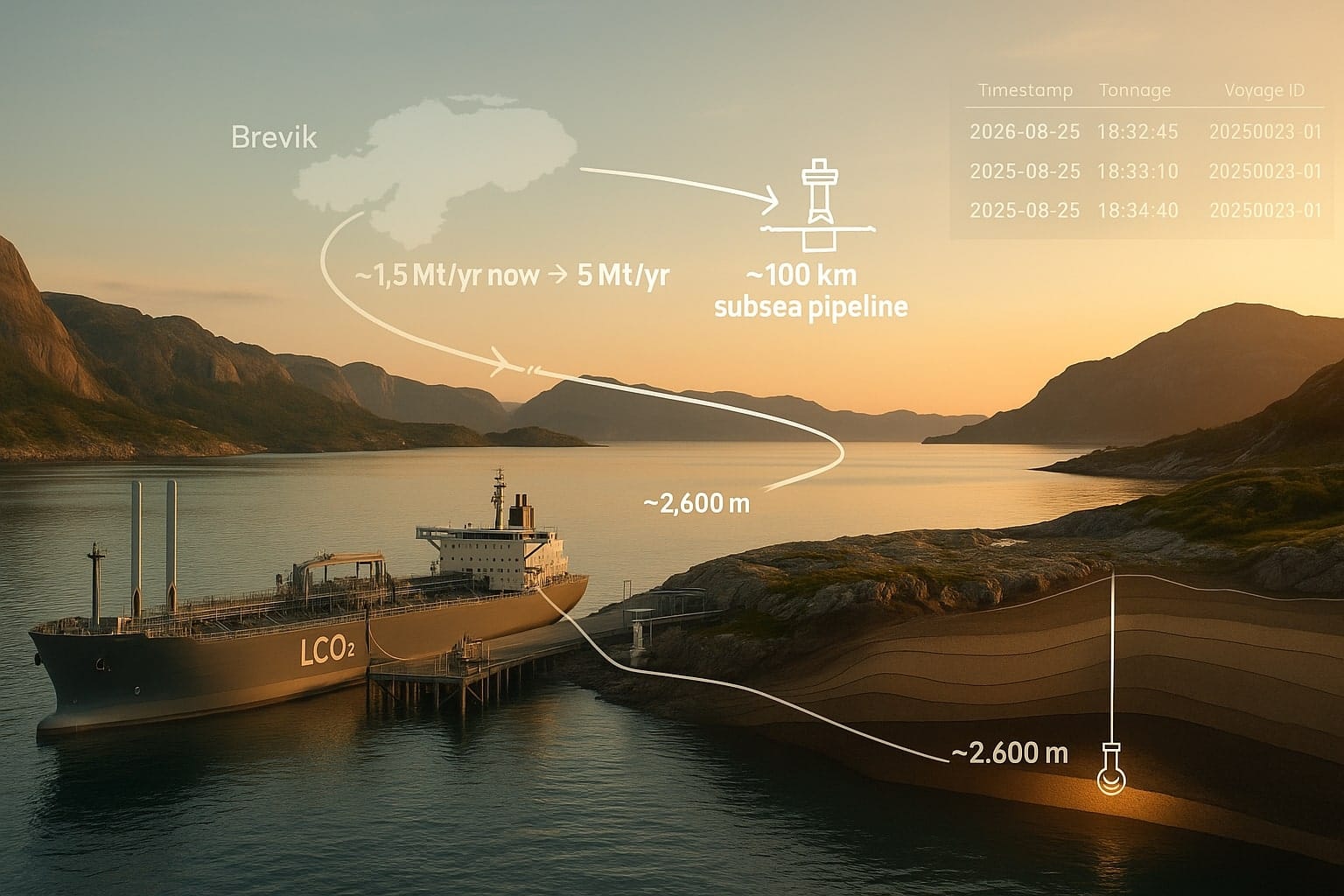On July 2, a small California startup called Rainmaker Technology sent a drone high above the parched Texas Hill Country and seeded two clouds with microscopic particles of silver iodide. The aim was audacious: coax a bit of rain from the sky to help relieve drought. By Rainmaker’s own account, those seeded clouds produced very modest precipitation and dissipated within a couple of hours. The team stood down operations that same day due to “unusually high moisture” in the atmosphere – perhaps an early sign of storms brewing. Two days later, on July 4, torrential rains unleashed deadly flash floods across central Texas, killing at least 15 people and causing widespread devastation. What happened next is a cautionary tale for climate tech innovators. In the disaster’s aftermath, viral conspiracy theories spread online suggesting Rainmaker’s cloud seeding had somehow caused the floods. The fledgling startup suddenly found itself vilified as if it had “played god” with the weather, with some demanding it be shut down or even criminalized.
This dramatic whiplash – from funded innovator to public scapegoat – raises profound questions about public perception, misinformation, and the future of weather modification technology. Just two months earlier, Rainmaker had been riding high. In May, it closed a $25 million Series A led by Chris Sacca’s Lowercarbon Capital to scale up its drone-based cloud seeding operations. Rainmaker pitched itself as a solution to the Western U.S.’s chronic water shortages: why let trillions of gallons evaporate overhead when a nudge from technology could bring water to where it’s needed? The startup’s charismatic young founder, Augustus Doricko, had even demonstrated success: earlier in 2025, Rainmaker conducted sanctioned cloud-seeding in Oregon’s Blue Mountains and provided clear evidence (“cold, wet proof”) of human-made rain enhancing the snowpack. Using advanced radar and attribution algorithms, they showed a red blob on the map – precipitation that “would not have fallen… if not for Rainmaker’s intervention”. For the first time, a private company could reliably prove it generated extra rainfall, solving the credibility problem that dogged cloud seeding for decades. Lowercarbon proudly touted that Rainmaker “figured out the solution” to water scarcity, blending cutting-edge science with a sense of environmental mission.
Yet as Rainmaker learned, changing the weather can be a PR minefield. When those July 4 floods hit Texas – caused by a collision of storm fronts and the remnants of a tropical cyclone, meteorologists say – it didn’t take long for internet posts to draw a link to Rainmaker’s July 2 cloud seeding flight in the same region. Never mind that cloud seeding can only modestly enhance existing precipitation and certainly cannot conjure a 1-in-100-year deluge out of thin air. Never mind that the area was already prone to flash flooding and forecasts had predicted heavy rain days in advance. In the social media cacophony, Rainmaker became an easy target – a literal rain maker to blame for too much rain. Within days, wild claims spread across Twitter (X), Facebook, and TikTok: that this private company “messed with Texas weather” for profit, that it had “no oversight,” even that it was part of a sinister government geoengineering plot.

The situation escalated when prominent politicians joined in. Georgia Congresswoman Marjorie Taylor Greene, known for embracing conspiracy theories, posted Rainmaker’s CEO’s photo and called for weather modification to be made a felony. In Texas, rumors swirled that the state agriculture department had secretly coordinated the cloud seeding – prompting Agriculture Commissioner Sid Miller to publicly refute it and clarify his agency wasn’t involved. Even Senator Ted Cruz weighed in at a press conference, saying “to the best of my knowledge, there is zero evidence” linking weather modification to the floods and lamenting that “the internet is a strange place” full of “crazy theories”.
Table of Contents
ToggleScience vs. Social Media: Debunking the Myths
As sensational accusations flew, experts in meteorology and climate rushed to set the record straight. Cloud seeding – which involves dispersing silver iodide or similar particles into clouds to encourage raindrop formation – is a real but limited technology. “It’s not powerful enough to cause a flood of this magnitude,” explained Andrew Dessler, director of Texas A&M’s weather center: at best it can squeeze a bit more rain or snow from a cloud that was already likely to rain. It cannot create storms out of nothing, nor significantly amplify a large storm system. Ken Leppert, an atmospheric science professor, put it bluntly: the cloud seeding “had absolutely nothing to do with the flash floods in Texas” – the storms that caused the flooding weren’t even in existence two days earlier when Rainmaker flew. The remnants of Tropical Storm Barry and other moisture converged to dump 12 inches of rain in some areas on July 4. Tragically, the Guadalupe River rose to its highest level in 93 years, an extreme natural event that no seeding operation could generate or prevent.
Furthermore, Rainmaker’s two July 2 flights were far from the flood zone. They seeded clouds over eastern south-central Texas, while the worst flooding hit the Hill Country to the west. The company was explicit that it “did not operate in the affected area on the 3rd or 4th” and had suspended operations on July 2 once they noticed unusually high moisture (a prudent move to avoid any unintended effects). In a series of tweets, CEO Augustus Doricko expressed sympathy for the flood victims (“my prayers are with Texas”) but firmly denied any contribution to the disaster. Rainmaker even welcomed investigations, knowing the data would exonerate them. Independent analyses backed them up: PolitiFact, AP, and CBS News all debunked the cloud seeding claims as false. The AP Fact Check concluded it’s “not possible” that the small seeding operation generated the floods, while CBS News highlighted there was “zero evidence” connecting the two.
So if the facts are so clear, why did the rumor catch fire? Misinformation researchers point to a confluence of factors. Weather modification has a long history of fascination and fear – from the “cloudbusters” of the 1950s to Cold War military experiments to persistent “chemtrail” conspiracy theories. Any time there’s a catastrophic weather event, the idea that it was engineered or tampered with offers a seductive explanation, especially for those already distrustful of authority or big tech. “Some people turn to such theories to help them emotionally cope with overwhelming events,” notes Abbie Richards, a researcher, explaining why blaming a human (or company) can feel more satisfying than accepting a random natural disaster. In this case, Rainmaker’s very public profile – a startup with a flashy name literally claiming to make rain – and its ties to wealthy backers (Peter Thiel’s foundation had awarded Doricko $100k in 2024) made it an inviting target for speculation. To conspiracy believers, Thiel’s involvement conjured a narrative of “billionaires controlling the weather”. That was red meat on social media.
Moreover, visuals and timing played a role. Greene and others circulated an image of the Rainmaker team and aircraft, juxtaposed with flood scenes, to imply causation. The fact that Rainmaker really had done cloud seeding just 48 hours before the flood in the same broad region was a coincidence that proved irresistible to those inclined to see patterns. This is a classic confusion of correlation and causation – akin to blaming a butterfly for a subsequent tornado.
Fallout: Innovation on Ice?
For Rainmaker, the fallout has been severe. Public trust in the company has been shaken, and with it, perhaps, the trust of regulators and customers. While Texas officials like Sid Miller and Ted Cruz did the responsible thing by knocking down the rumors, the public discourse has clearly spooked some authorities. There are calls to re-examine oversight of weather modification. Cloud seeding in Texas (and many states) actually requires a state license and notification, which Rainmaker had. But lawmakers who were previously oblivious to cloud seeding are now paying attention – not all positively. The episode even prompted discussion of a federal bill to ban or criminalize unapproved weather modifications. It’s unlikely to pass, but the fact it’s even floated shows how a single viral event can create a regulatory knee-jerk response.
Rainmaker has reportedly paused its operations pending a thorough review and to let emotions cool. It’s reminiscent of how early GMO crop developers faced public backlash and moratoriums despite scientific consensus on safety – perception triumphed over evidence in the short term. Similarly, Rainmaker now faces an uphill PR battle. The company’s CEO took the unusual step of holding a live audio Q&A on Twitter Spaces to field questions from the public and skeptics directly. By most accounts he calmly explained the limits of their tech and the facts of the situation. But once a conspiracy theory is entrenched, debunking can feel like a game of whack-a-mole.
The irony is thick: Rainmaker’s mission is literally to alleviate drought and improve water security, goals one would think people would welcome. Their technology builds on decades of research (cloud seeding has been used from California to China) but tries to make it more precise, measurable, and scalable with automation. If anything, the Texas floods demonstrated the other face of climate extremes – too much water, not just too little. While cloud seeding didn’t cause that, one could argue society will need an arsenal of tools for both drought and flood management. One such tool is weather modification to increase rainfall in drought but potentially also to divert or induce rain in safer timing before it builds to a flood (a more speculative idea). Yet public backlash now threatens to lump Rainmaker’s relatively modest cloud seeding with ominous “geoengineering” fears.
For venture investors in climate tech, the Rainmaker saga is a lesson that social license matters as much as the tech. You can have the coolest innovation, but if the public narrative turns against you, your runway can evaporate quickly. Lowercarbon Capital and others stood by Rainmaker publicly, but one imagines some tense conversations. The startup likely has to double down on community engagement and transparency in any future projects – working closely with local stakeholders, sharing data openly, and maybe even renaming some of their activities to avoid the loaded term “cloud seeding.”
There’s also a governance gap here: Weather modification exists in a regulatory gray area. In the U.S., states handle cloud seeding permits, and there’s no single federal watchdog. That can make it easier for misinformation to flourish, since oversight isn’t well understood by the public. Rainmaker’s experience might spur calls for clearer frameworks – perhaps federal reporting of all weather mod activities to a public registry, or updated guidelines on private sector roles. Paradoxically, more transparency and regulation could protect responsible players by distinguishing them from any bad actors or unscientific rainmakers.
So, is Rainmaker finished or can it recover? It’s too early to tell. The core water problem hasn’t gone away: Texas is at once flooding in one region and drought-stricken in others; the Colorado River is still over-tapped; climate change will make rainfall more erratic. Rainmaker’s value proposition – “we can fill reservoirs and snowpacks cheaply from the sky” – is compelling if they can prove efficacy and operate safely. They have paying customers (state water departments in Utah and Colorado, for example) and deep-pocketed backers. Those stakeholders are likely more persuaded by hard data than by Twitter noise. In fact, Utah’s government has funded cloud seeding for years to augment snowfall, and China routinely uses cloud seeding to try to alleviate drought or clear pollution. One flood controversy won’t make water scarcity less dire.
It may be that Rainmaker lies low for a bit, refines its tech and protocols (maybe avoiding seeding when a major storm system is remotely in the forecast, to avoid optics), and then resumes in another region where drought relief is desperately needed – perhaps quietly at first. Alternatively, the brand could pivot: focusing on data and software (e.g., selling its rain attribution algorithms to government cloud-seeding programs) rather than doing the seeding itself for a while. The Lowercarbon investment thesis wasn’t just about flying drones; it was about an integrated approach including weather modeling, AI targeting, and verification. Those elements remain valuable.
In the broader sense, the Rainmaker episode underscores a tension that will recur as climate interventions become more ambitious. From cloud seeding to potentially larger-scale geoengineering (like reflective aerosols to cool the planet), society will have to grapple with trust. Who gets to modify natural systems? Under what oversight and consensus? And how do we communicate risks and benefits without fueling unfounded fears? In Texas, nature’s wrath was hastily blamed on a human activity that had nothing to do with it – a sign of how people are seeking someone to hold accountable for climate chaos. Perhaps as climate impacts worsen, ironically the public may become more willing to accept interventions – or they may equally grow more suspicious.
For now, Rainmaker’s story is a stark reminder to climate tech entrepreneurs: solving the scientific and engineering challenges is only half the battle. Winning hearts and minds is the other half, and it can be the harder fight. As one observer wryly noted, “Rainmaker set out to make it rain – but they didn’t expect to be blamed when it poured.”

